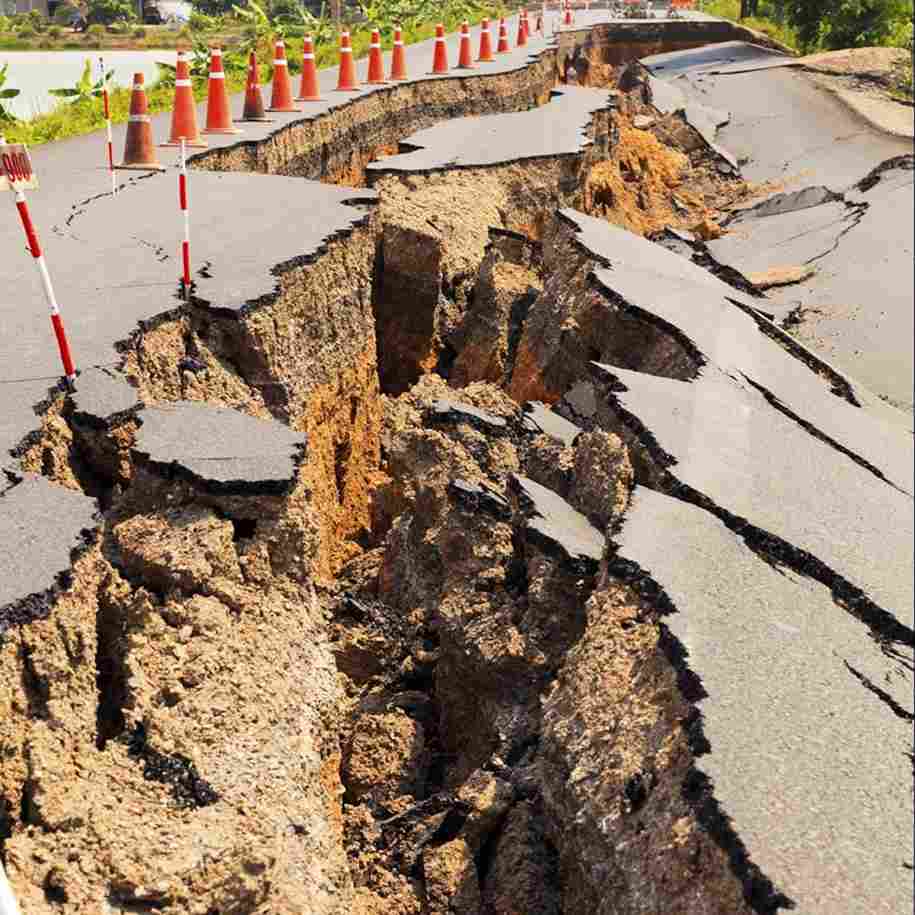By Frank Kamuntu
A moderate earthquake measuring 4.7 on the Richter scale struck various parts of Uganda, on February 13, 2025, at 11:16 UTC (2:16 PM local time). The tremor occurred at a shallow depth of 10 km, causing moderate shaking near the epicenter.
Epicenter & Affected Areas
The earthquake’s epicenter was pinpointed at 0.2201°S latitude and 29.7119°E longitude, placing it near the Uganda-Democratic Republic of the Congo (DRC) border. The nearest significant urban center impacted was New Beni in the DRC, located approximately 83 km north of the epicenter.
Although no major damage has been reported, weak to moderate shaking was felt in several surrounding towns, including:
- Kilembe, Uganda (57 km away) – Weak shaking (MMI III)
- Kasese, Uganda (61 km away) – Weak shaking (MMI III)
- Butembo, DRC (62 km away) – Weak shaking (MMI III)
- Kampala, Uganda (325 km away) – Very weak shaking (MMI II)
- Kigali, Rwanda (196 km away) – Light shaking (MMI IV)
According to the United States Geological Survey (USGS), the earthquake released approximately 7.1 x 10¹¹ joules of energy, equivalent to 169 tons of TNT. The Katwe-Kikorongo volcano, situated just 28 km from the epicenter, was the nearest active volcanic site.
Despite its moderate magnitude, the quake’s shallow depth contributed to noticeable shaking in multiple regions, reaching as far as Rwanda and parts of Uganda’s capital, Kampala. The Modified Mercalli Intensity Scale (MMI) placed shaking intensity at V (Moderate Shaking) near the epicenter, decreasing to II (Very Weak Shaking) in distant locations.
Reports From Affected Areas
The earthquake was felt in at least six locations, with reports coming from Uganda, Rwanda, and the DRC. In Kigali, Rwanda, residents described a short but noticeable shaking, while people in Mbarara, Uganda, reported ground undulation lasting several seconds. Some individuals in Kampala noted slight vibrations but did not experience significant movement.
The region around Lake Edward, near the East African Rift System, is known for its seismic activity. On average, the area experiences 1.47 earthquakes of magnitude 4 or higher per year, with stronger quakes occurring less frequently. Since 1900, at least three quakes above magnitude 6 have been recorded in the broader region, indicating the potential for larger seismic events.
As of now, no significant aftershocks have been recorded following the quake. Seismologists continue to monitor the region for potential secondary tremors. Residents in affected areas are advised to remain cautious and report any noticeable seismic activity.
This earthquake serves as a reminder of the region’s ongoing seismic activity, emphasizing the importance of preparedness and continuous monitoring.
Have An Advert Or Article You Want Us To Publish? Email: swiftnews0@gmail.com

